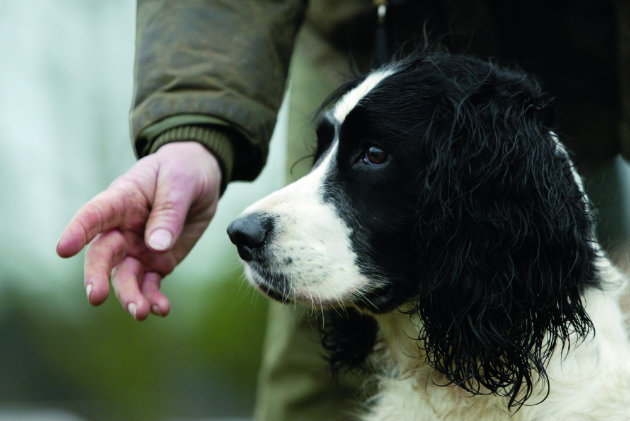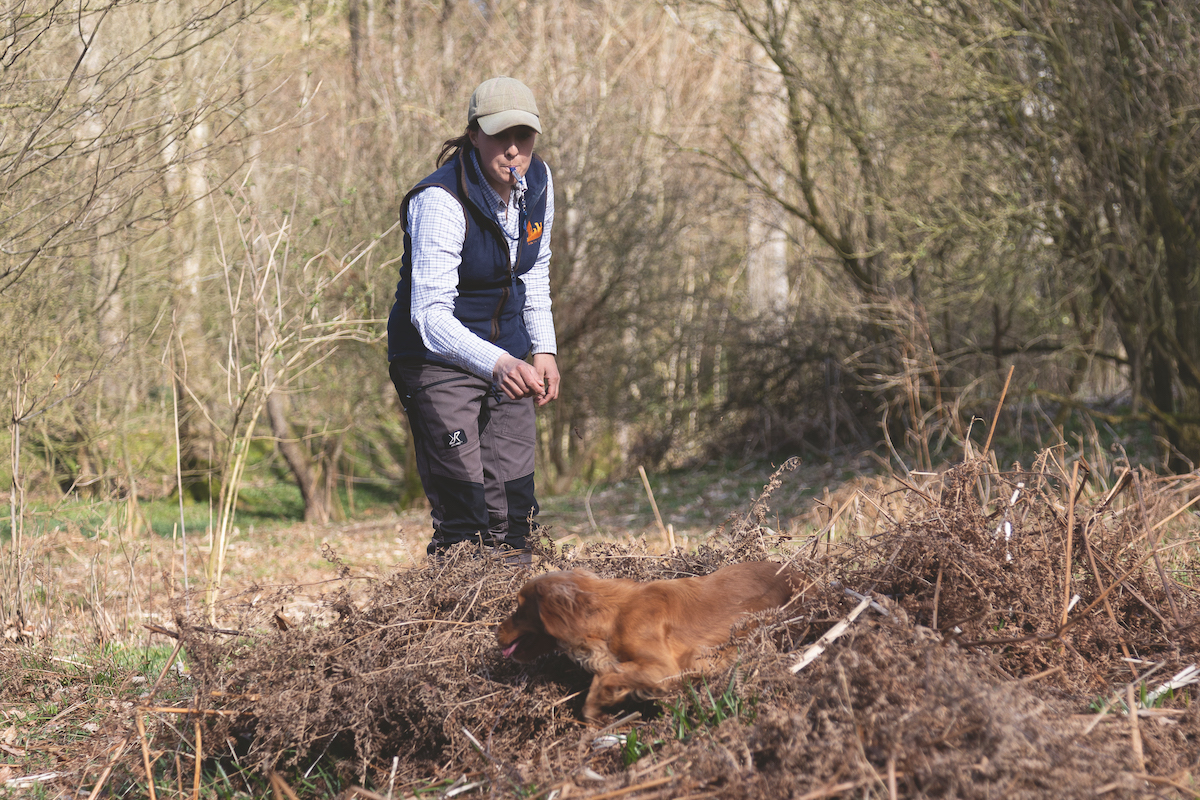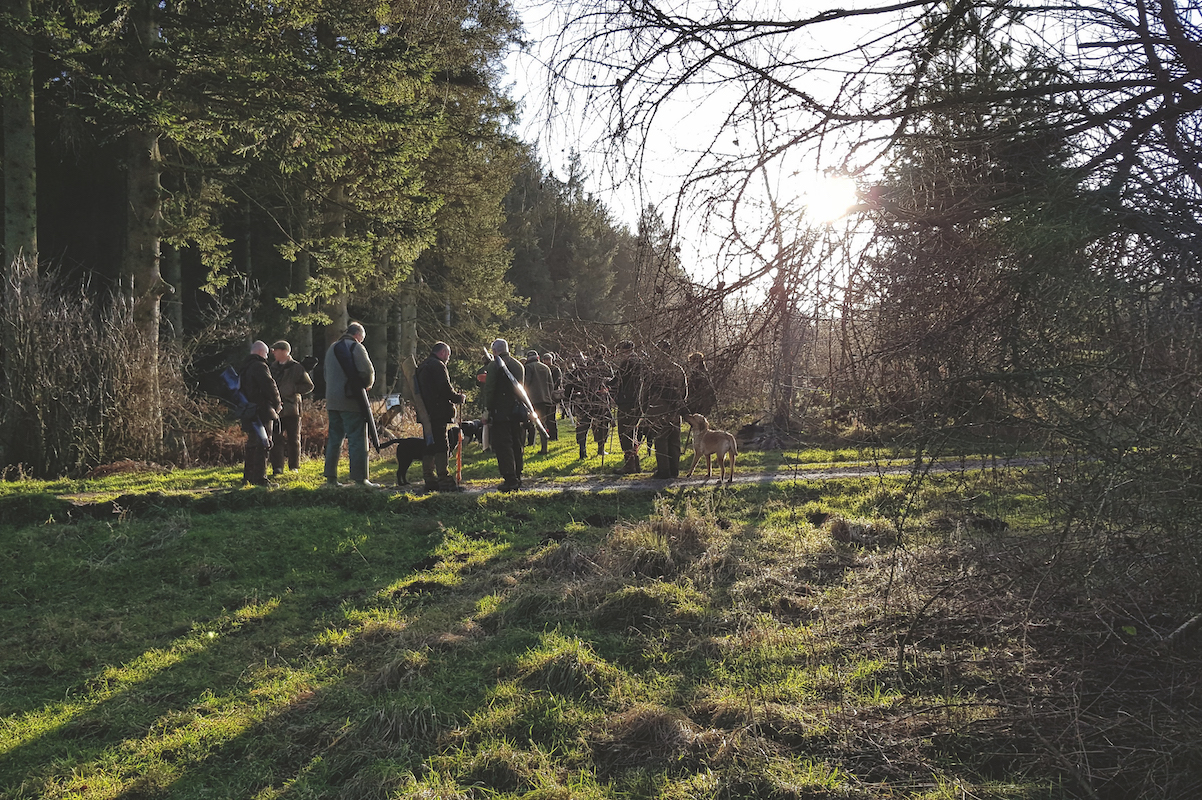Why marking – watching the bird – is an essential skill for gundogs
It is not only trialling dogs that require the ability, says Fran Ardley

Some gundogs have an uncanny knack of being able to get a good mark on a retrieve
Marking a shot bird is a skill that most gundogs need to develop, though some seem to have a natural ability to know where a retrieve has landed, while others need to be trained.
If you plan to shoot over your dog or go picking-up with it, marking is an essential skill. To be able to give the command “Mark” and for the dog to know and understand that he needs to look forward for a potential retrieve will help to ensure that you get a quick and efficient retrieve. This is especially important if you need to pick a running bird.
I train on the Cumbrian fells and my dogs are very good at taking lines, mainly because much of my training is done on rabbits. When a dog is hunting and pushes a rabbit out of some rushes it often won’t see it run and therefore can’t get a visual mark on any potential retrieve, but it will get its nose down and follow the scent trail.
When hunting feathered game, however, the bird will flush and fly and unless it is pricked and runs on there is no scent line. If the dog has not been trained to watch (mark) the bird, such a retrieve can be far more challenging.
Teaching marking a shot bird
There are a number of reasons why you should teach your gundog to mark and the main one is that it enables you to get the dog out quickly to a retrieve. If you do plan to enter any working tests or trials this is a necessary skill and can be the difference between winning and losing in competition.
Even if you just want to work your dog in the shooting field, especially picking-up, a dog that can mark fallen game and remember where it is will be far more efficient in sweeping up at the end of a drive. If you plan to shoot over your dog on a rough or walked-up day, then the ability of a dog to watch a flushed pheasant or a bolted rabbit is vital. It will enable you to send it for any possible retrieve and go straight-ish to the point of fall without running all over the place and spoiling other ground that may be holding game. The fundamental point is that we should try to ensure that any game, especially injured game, is retrieved quickly and despatched humanely.

Enlist an assistant to help your dog improve its marking abilities
First steps
Marking a retrieve is something that can be developed from an early age, as a puppy will learn to watch where a ball lands. Some dogs will do this naturally, and you will develop this as the dog goes through its training; others will need extra guidance and encouragement.
A dog’s eyesight is far better than ours, especially where movement and contrast is concerned.
Many of us do not always have the luxury of having someone to help during training sessions and teaching a dog to mark is one exercise where it is easier to have someone to throw the retrieves. That said, with thought and some useful bits of kit you can manage quite well on your own. Before starting this part of your dog’s training it will need to be capable of the following:
• Have a solid ‘sit-stay’ off the lead
• Be totally steady to thrown dummies
• Be a competent retriever
• Be mentally and physically ready for the exercise.








